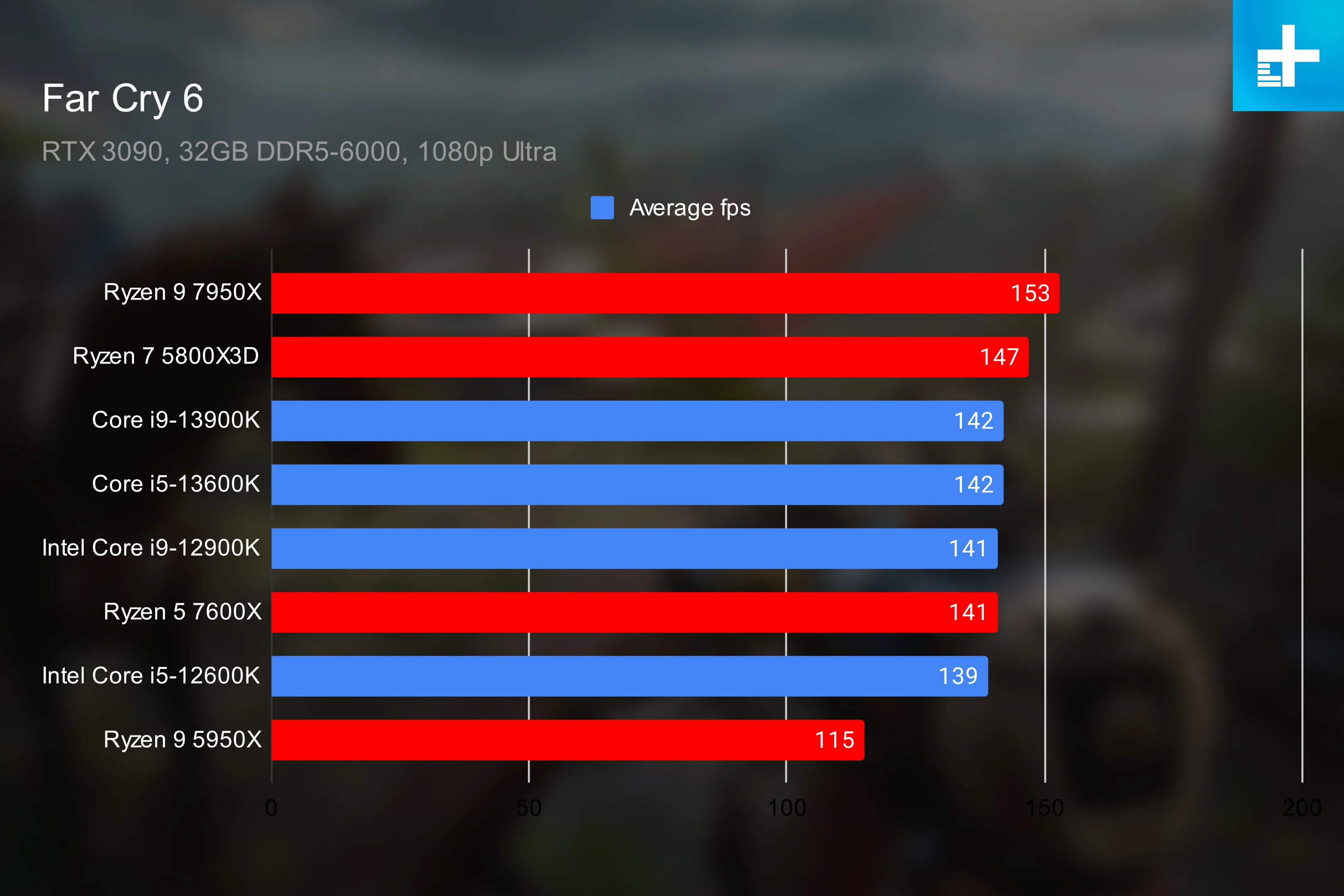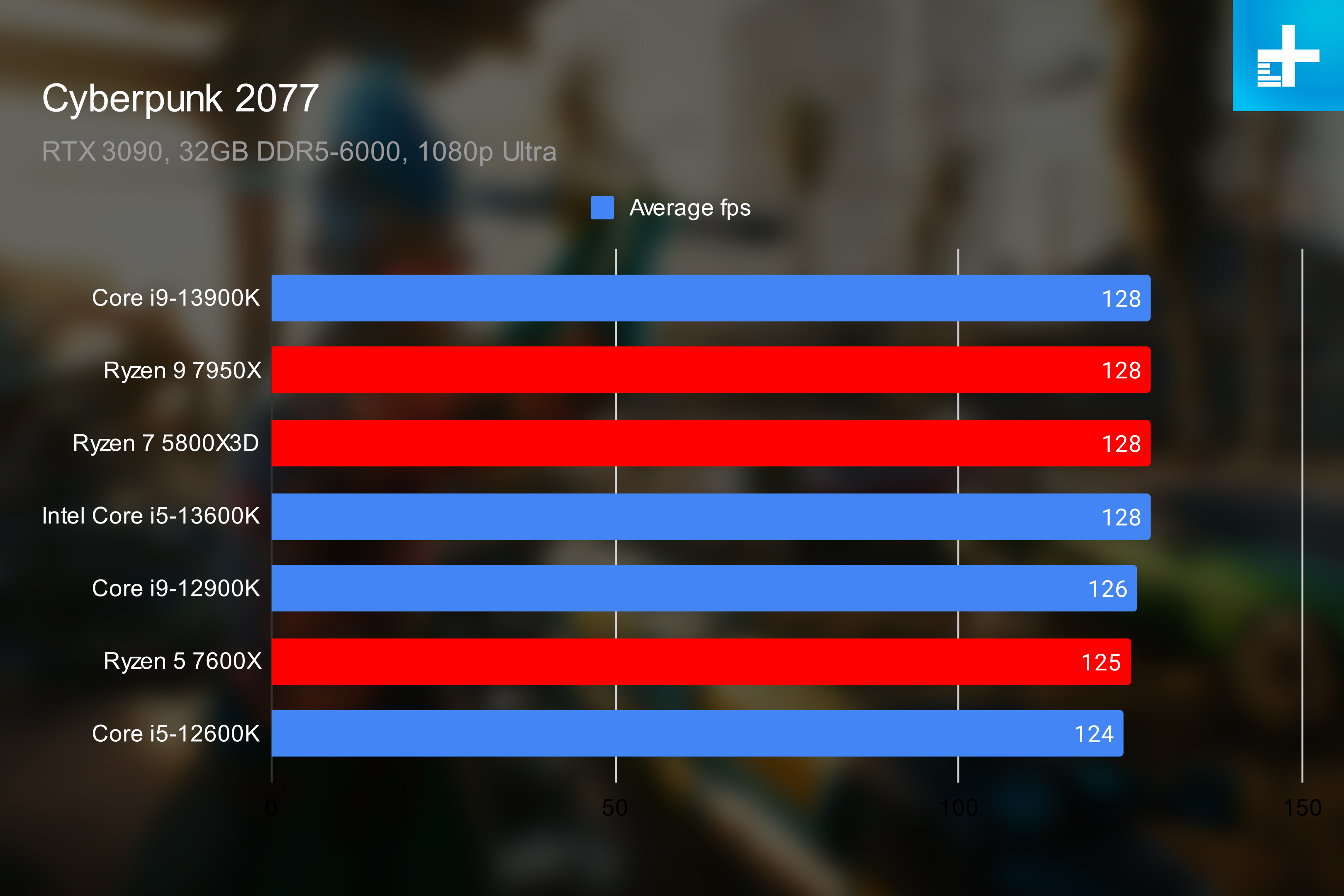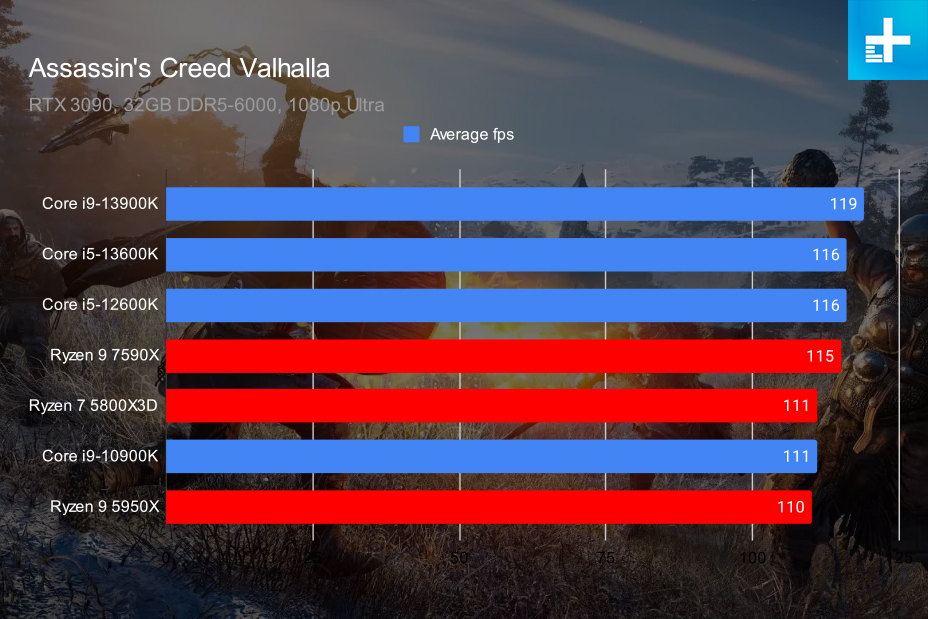AMD and Intel are back in the CPU boxing ring yet again as each company vies to release the best processor. AMD has come out with its Ryzen 7000 series, based on the new Zen 4 architecture and TSMC’s cutting edge 5nm node, and seeks to reclaim the performance crown it lost to Intel’s 12th-generation CPUs.
Wanting to keep the lead, Intel has launched its 13th-gen series, codenamed Raptor Lake, which is a refinement of the 12th-gen, with more cores and more L2 cache than before. The strategies each company is using could not be more different. Now that the reviews are in, we can finally conclude which CPUs win this generation.
Pricing and availability
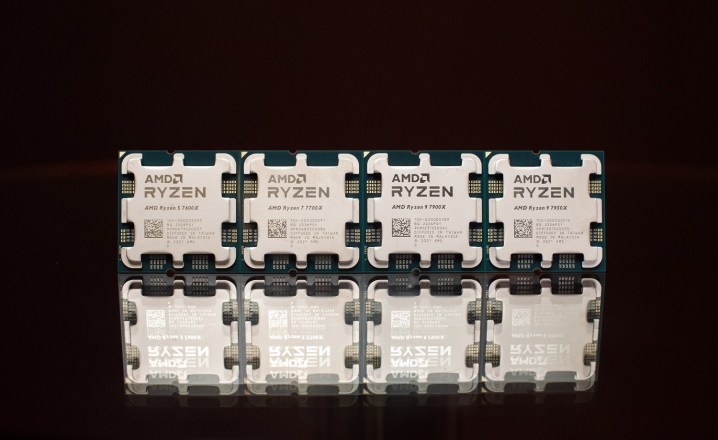
Ryzen 7000 launched on September 27, almost a full month before Raptor Lake launched. Letting AMD have a month to itself wasn’t great for Intel, but we do need to take pricing into consideration here.
So far, AMD has announced four different processors for the midrange and high-end:
- Ryzen 9 7950X, $699
- Ryzen 9 7900X, $549
- Ryzen 7 7700X, $399
- Ryzen 7 7600X, $299
Ryzen 7000’s pricing structure is something of an improvement over Ryzen 5000’s, but it still doesn’t offer anything for buyers wanting something a little cheaper. Ryzen 7000 CPUs with 3D V-Cache are also not available yet, but AMD has confirmed they’re on the way. Hopefully, we’ll hear something about cheaper or V-Cache-equipped Ryzen 7000 CPUs at AMD’s CES 2023 presentation in January.
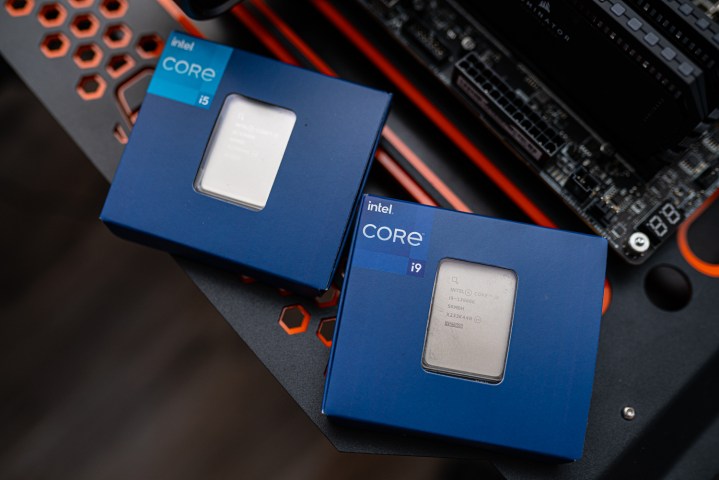
Most of us expected that 13th-gen CPUs would be more expensive than 12th-gen Alder Lake chips. Raising prices every generation is something Intel has done since 2017, and since Raptor Lake features many more cores than Alder Lake (thus increasing manufacturing costs), another round of price increases seemed likely.
Thankfully, most of us were wrong, and 13th-gen CPUs basically share the same pricing structure as 12th-gen CPUs. Intel, like AMD, has only launched its midrange to high-end CPUs, but we expect new models to come later.
- Core i9-13900K, $589
- Core i7-13700K, $409
- Core i5-13600K, $319
But the thing is, Raptor Lake is adding core counts all across the board, and Intel isn’t skimping out, either. The end result of Intel’s pricing scheme is that the Core i9-13900K undercuts the Ryzen 9 7950X by over $100, and that’s big when the 13900K could dethrone the 7950X’s short reign (but we’ll get to that in a moment). The Core i7-13700K is also a very interesting CPU, as it has similar specs as the Core i9-12900K while being about the same price as the Ryzen 7 7700X.
Architectures
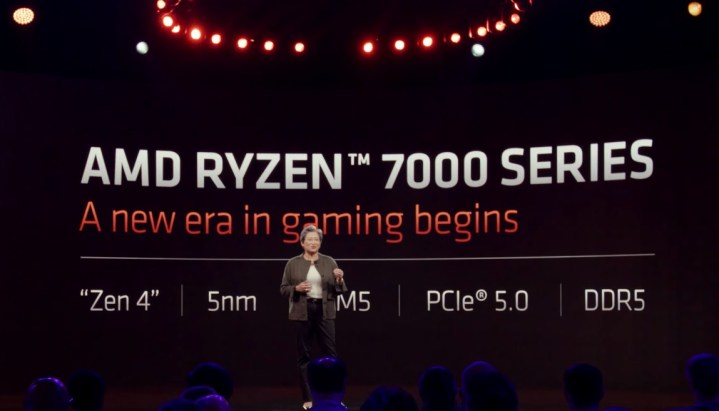
AMD introduced the new Zen 4 architecture with its Ryzen 7000 CPUs, and the big-ticket upgrades are 1MB of extra L2 cache per core (double from Zen 3), new AI instructions, and the use of TSMC’s new, enhanced 5nm node. Thanks to all those improvements plus several smaller changes, Ryzen 7000 promises a 13% boost in instructions per clock (or IPC) and a massive clock speed boost, from 4.9GHz on Ryzen 5000 to 5.7GHz on the top Zen 4 CPUs.
Outside of the Zen 4 core itself, the IO die features an RDNA2 iGPU, bringing graphics to chiplet Ryzen CPUs for the first time. However, these graphics aren’t designed for gaming and are really aimed at PC users who don’t want discrete graphics (like business PCs, for example). Ryzen 7000 also supports DDR5 memory and PCIe 5.0 for both graphics and storage.
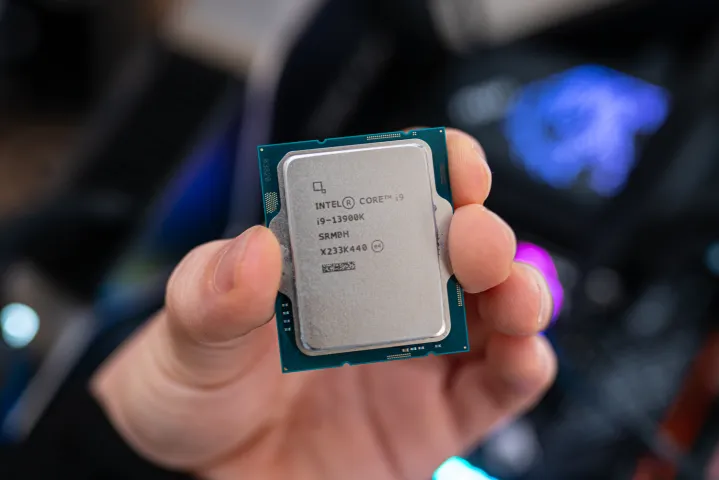
Compared to last-generation Alder Lake CPUs, Raptor Lake is essentially bigger and more refined with three key improvements: higher-clocked cores, more cores, and more cache. This has all been done without using a new process or architecture like AMD; Intel is still sticking with its Intel 7 process (also known as 10nm) and the same E-cores we saw in Alder Lake. The P-cores have been updated with the new Raptor Cove microarchitecture, however.
When it comes to clock speed, the Core i9-13900K’s P-cores can hit 5.8GHz out of the box, which is 600MHz more than the 12900K was capable of and 100MHz higher than what the 7950X is rated for. The E-cores, on the other hand, get a smaller boost of 400MHz, which is still pretty decent. This extra clock speed isn’t free, though, as it requires significantly more power.
Raptor Lake also features a big increase in core count, but we’re talking about the smaller E-cores, which are more efficient but also much slower than the larger P-cores. That being said, it makes sense for Intel to add more E-cores since the P-cores are really there for single-threaded tasks; the E-cores are fine for multithreaded workloads.
But perhaps one of the most important changes is the cache, which can speed up several kinds of workloads, particularly games. The 13900K has double the L2 cache of the 12900K. This is very different from how AMD designs its CPUs; Ryzen CPUs have the bulk of their cache in L3, but Raptor Lake’s L2 cache is nearly as large as its L3.
Performance
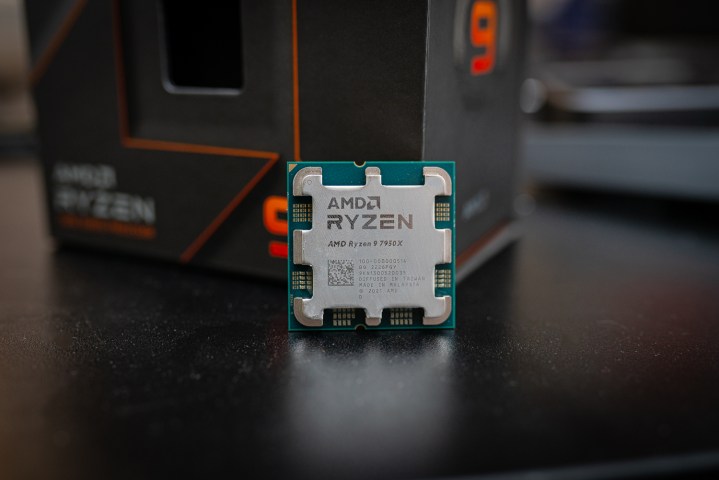
Very early on, it seemed highly likely the performance gap this generation would be very narrow, as AMD was catching up by making big technological strides, while Intel didn’t have many options other than making a better version of Alder Lake. The big question was whether or not Intel could improve Alder Lake enough to stay ahead. The reviews for both the Ryzen 9 7950X and the Core i9-13900K are finally in, and we can come to a verdict at last: it’s genuinely a tie. In fact, it’s hard to remember another generation where AMD’s and Intel’s flagship CPUs were so evenly matched.
Let’s start with applications that hinge on good CPU performance. In Cinebench R23, one of the most popular benchmarks to run, the 7950X was able to score about 37,000 points in multithreaded rendering and 2,000 in single-threaded. The 13900K beat this by a fairly thin margin, achieving a multithreaded score of about 40,000 and a single-threaded score of 2,200. In 7-Zip, the tables are flipped as the 7950X has significantly higher compression and decompression speed than the 13900K. For these two CPUs, it’s win some and lose some, but usually not by very large margins.

In other benchmarks, however, the 7950X and the 13900K are almost evenly matched, down to single-digit percentage points. In Geekbench 5 multithreaded, the 7950X achieved a score of 23,764, and the 13900K got 23,786. That’s a difference of just 22 points or less than 1%. The gap in the single-threaded test was just slightly larger. In Handbrake, the 13900K finished just one second faster than the 7950X, achieving times of 37 and 38 seconds, respectively. It’s hard to overstate how close these CPUs are in performance.

In games, these two CPUs perform almost identically. The only game that returned the biggest performance difference was Far Cry 6, where the 7950X hit 153 frames per second (fps) to the 13900K’s 142 fps, a difference of just 8%. The difference in Assassin’s Creed Valhalla was four frames; in Red Dead Redemption 2, it was just a single frame; and in Cyberpunk 2077, both CPUs achieved the exact same frame rate.
In fact, there was only one gaming-related benchmark that showed a significant difference between these two CPUs: 3DMark’s Fire Strike. The 13900K scored almost 39,000 points, coming short of the 7950X’s 43,000. But in the more modern Time Spy benchmark, both CPUs scored very similarly, with the 7950X at 19,113 points and the 13900K at 19,839.
For overall performance, it’s practically impossible to crown a winner here. Each CPU does appear to have different strengths and weaknesses, but those only come into play in some applications, like 7-Zip, which runs better on Ryzen 7000, and Cinebench R23, which runs better on Raptor Lake. But if we’re talking about value, Intel is definitely the winner, as 13th-gen CPUs are priced significantly cheaper than Ryzen 7000 chips.
Motherboards

AMD launched three new chipsets to accompany Ryzen 7000: X670E, X670, and B650. The X670E chipset is for hardcore overclockers, X670 is for the typical high-end user, and B650 is for lower-end to midrange users. AMD hasn’t yet announced a successor to the A520 chipset, but A520 was a late addition to the 500 series, so that may come post-Ryzen 7000 release. For simplicity’s sake, since Intel’s current-generation boards are also the 600 series, we’re going to use socket names, so AM5 for AMD and LGA1700 for Intel.
All AM5 motherboards support DDR5, PCIe 5.0, up to 14 USB ports each at 20Gbps, Wi-Fi 6E, and Bluetooth 5.2. The maximum number of displays from the motherboard is also increased, from two on the 500 series to four on AM5. Overclocking support has not changed, and AM5 owners can overclock on B650, X670, and X670E motherboards. AM5 motherboards are also compatible with AM4 coolers, which is great for any AMD user wanting to upgrade when Ryzen 7000 launches.
AMD has also introduced its EXPO memory overclocking feature, which is basically AMD’s take on Intel’s Extreme Memory Profile (XMP).
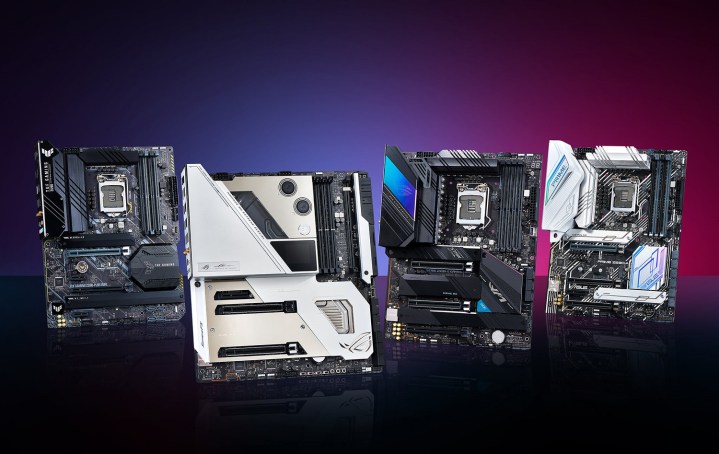
Raptor Lake is compatible with last-generation Alder Lake motherboards and also next-generation motherboards using the Z790 chipset, which adds PCIe 5.0 on the M.2 and PCIe slots. Intel’s LGA 1700 motherboards (new or old) support DDR5 or DDR4 (depending on which motherboard version you pick up), PCIe 5.0, Wi-Fi 6E, and Bluetooth 5.2, just like AMD’s Ryzen 7000 boards. On a feature level, neither AMD nor Intel has a particularly large advantage.
One point for Intel is that all of its chipsets and motherboards support PCIe 5.0 on the x16 slot for graphics. Even the lowest-end LGA1700 board can support a next-generation PCIe 5.0 GPU. Meanwhile, PCIe 5.0 graphics on AMD’s AM5 motherboards are exclusive to higher-end models.
Intel has a significant advantage in motherboard pricing since previous-generation boards made for Alder Lake are compatible with Raptor Lake CPUs. Although AMD has launched its B650 chipset, which is supposed to be midrange in price, so far, it costs much more than both previous B-series chipsets and Intel’s H610 and H670 motherboards. Additionally, Raptor Lake users can opt for inexpensive DDR4 memory over DDR5, while AM5 and Ryzen 7000 only support DDR5. Together, this means the platform costs for Raptor Lake are much less than for Ryzen 7000.
AMD’s and Intel’s motherboards are about equal when it comes to features, but just like with the CPUs themselves, Raptor Lake is ahead when it comes to value.
It comes down to price, not performance
It’s hard to find a difference between Ryzen 7000 and Raptor Lake on a performance or feature level, to the point where this might be unprecedented. There are definitely cases out there where one will be noticeably better than the other, but on average, you’ll find that the flagship Ryzen 9 7950X and Core i9-13900K are equally capable.
It really comes down to pricing this generation. Although the 7950X can trade blows with the 13900K, it’s also $100 more. We also need to consider the fact that Ryzen 7000 CPUs have much higher platform costs than Raptor Lake due to needing expensive DDR5 memory and the lack of affordable motherboards. This might not be a big deal to users who are interested in the flagship CPUs, but anyone interested in a midrange CPU like the Ryzen 5 7600X or the Core i5-13600K is going to take notice, and that’s going to make Intel the winner in many people’s eyes.

